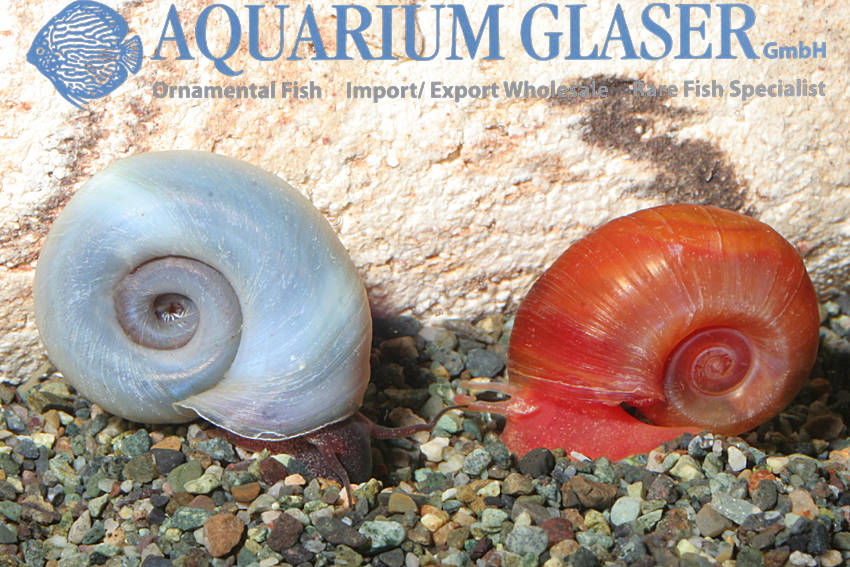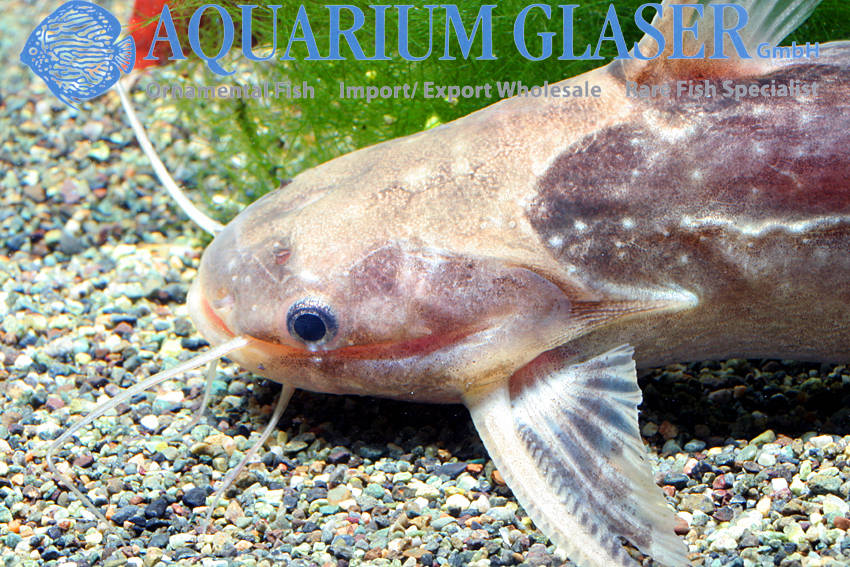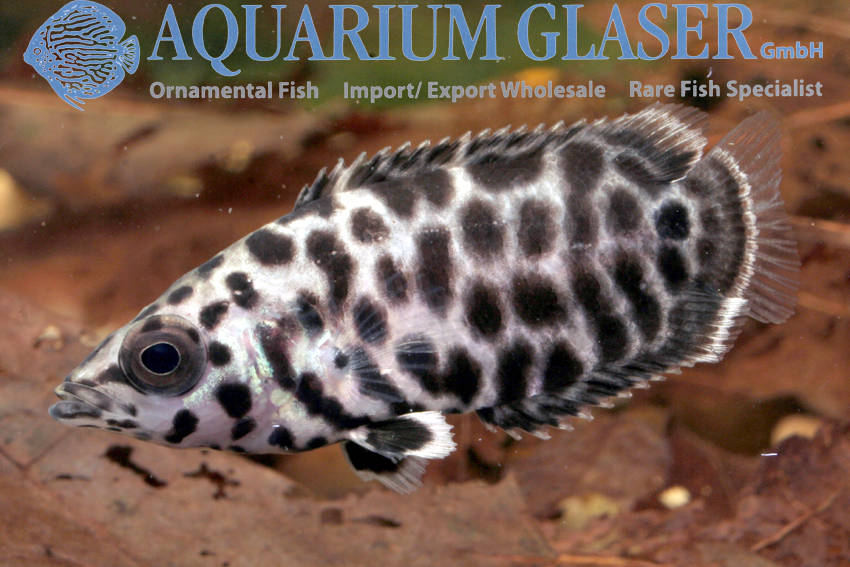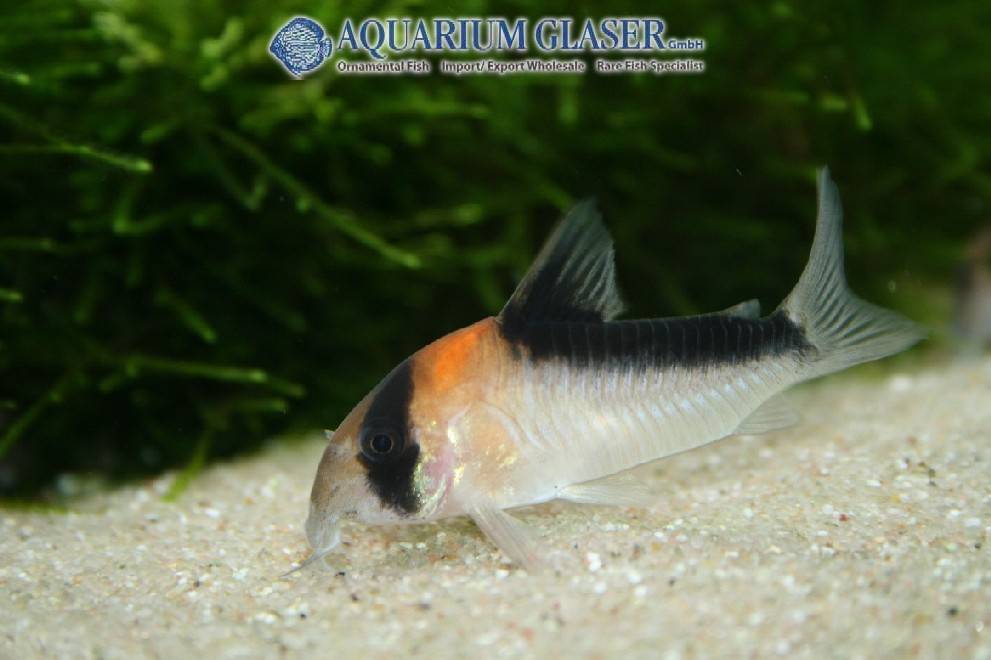The Dwarf rasbora (Boraras maculatus, formerly known as Rasbora maculata) is the species of genus Boraras (which currently comprises five species, all of them will become presented in the upcoming days) that is known for the longest time in the hobby. None of these species grows bigger than 2-3 cm and thus they are perfect candidates for the so-called nano-aquaria. All like to be kept in soft and acidic water, rather dark tanks, that should nevertheless be well planted (best use swimming plants), fine live food (although they also take readily dried food) and company of their own kind.
The Dwarf rasbora inhabits the malayian peninsula, southern Thailand and Sumatra. Initially it was often thought to represent the juvenile of the much larger growing species Rasbora kalochroma, but observations of the fish in aquaria and their successful breeding left no doubt on the validity of the species.
There do exist lots of varieties of the Dwarf rasbora which may proof to be different species one day. Typical for all of them is the large shoulder spot, which is in any cases bigger than the eye. The ground coloration of the body depends on the variety and can be light orange up to deep red. Some populations have an additional black spot (all Dwarf rasboras have three black blotches: one on the shoulder, one on the origin of the anal fin, and one on the caudal fin base) on the beginning of the caudal peduncle right above the anal fin.
For our customers: the species has code 452702 on our stocklist. Please note that we exclusively supply to the wholesale market.
Text and photos: Frank Schäfer
| Angaben zum Tier | |
|---|---|
| Herkunft | Malaysia |
| Verfügbare Größe in cm | 1-2 |
























































































 Erromyzon sinensis
Erromyzon sinensis Sinogastromyzon wui
Sinogastromyzon wui
 Crossostoma lacustre
Crossostoma lacustre Homaloptera tweedei
Homaloptera tweedei Gastromyzon punctulatus (G. ctenocephalus?)
Gastromyzon punctulatus (G. ctenocephalus?) Gastromyzon punctulatus (G. ctenocephalus?)
Gastromyzon punctulatus (G. ctenocephalus?)

 Sewellia sp. “Spotted”
Sewellia sp. “Spotted” Sewellia breviventralis
Sewellia breviventralis Sewellia breviventralis
Sewellia breviventralis



































 2. The Purple Harlequin barb, Trigonostigma espei
2. The Purple Harlequin barb, Trigonostigma espei 3. The Orange Harlequin barb, Trigonostigma cf. espei
3. The Orange Harlequin barb, Trigonostigma cf. espei




















 There are two species of Black winged dwarf hatchets recognized. These charming little creatures hardly reach 3 cm in length. From Peru we get occasionally Carnegiella schereri with a spotted belly as a so-called by-catch of C. strigata, whereas Carnegiella marthae from Brazil has a lined belly and is now and then available assorted (214003).
There are two species of Black winged dwarf hatchets recognized. These charming little creatures hardly reach 3 cm in length. From Peru we get occasionally Carnegiella schereri with a spotted belly as a so-called by-catch of C. strigata, whereas Carnegiella marthae from Brazil has a lined belly and is now and then available assorted (214003).








































































 First time imported: a brand new and undescribed snakehead from India; Channa sp. . So far we only know that this fish belongs to the same group as Channa bleheri. Therefore we believe that the max.size will be around 12cm. As soon as we will get more information about them , we will share with you!
First time imported: a brand new and undescribed snakehead from India; Channa sp. . So far we only know that this fish belongs to the same group as Channa bleheri. Therefore we believe that the max.size will be around 12cm. As soon as we will get more information about them , we will share with you!



 Just in time for the new year, the “Aqualog Calendar-Yearbook 2008” is out now.
Just in time for the new year, the “Aqualog Calendar-Yearbook 2008” is out now.